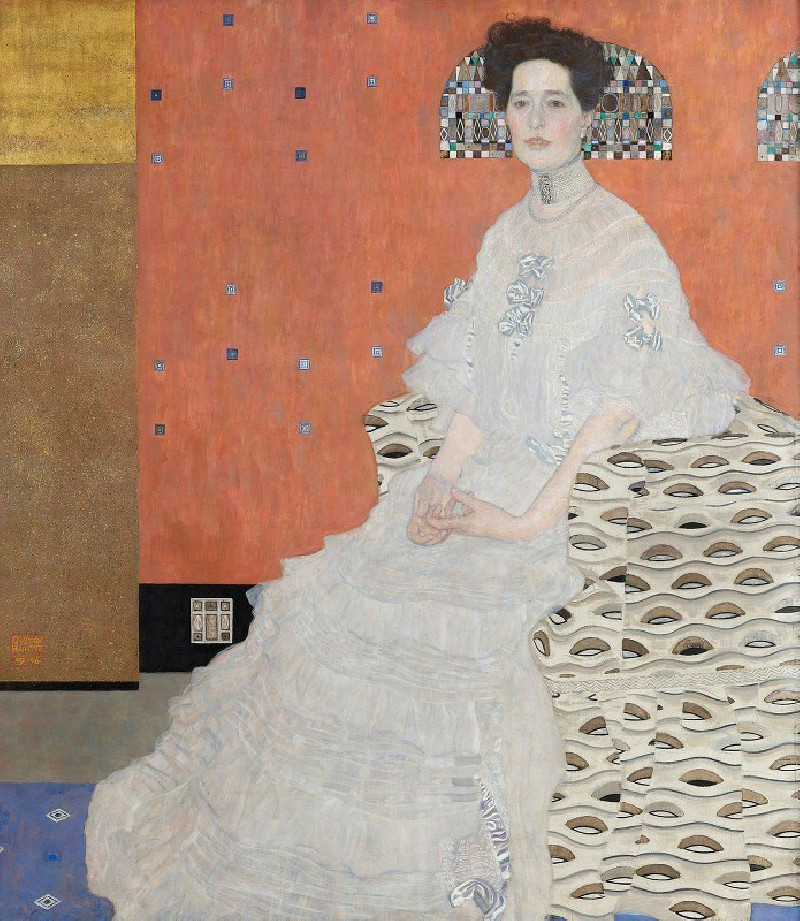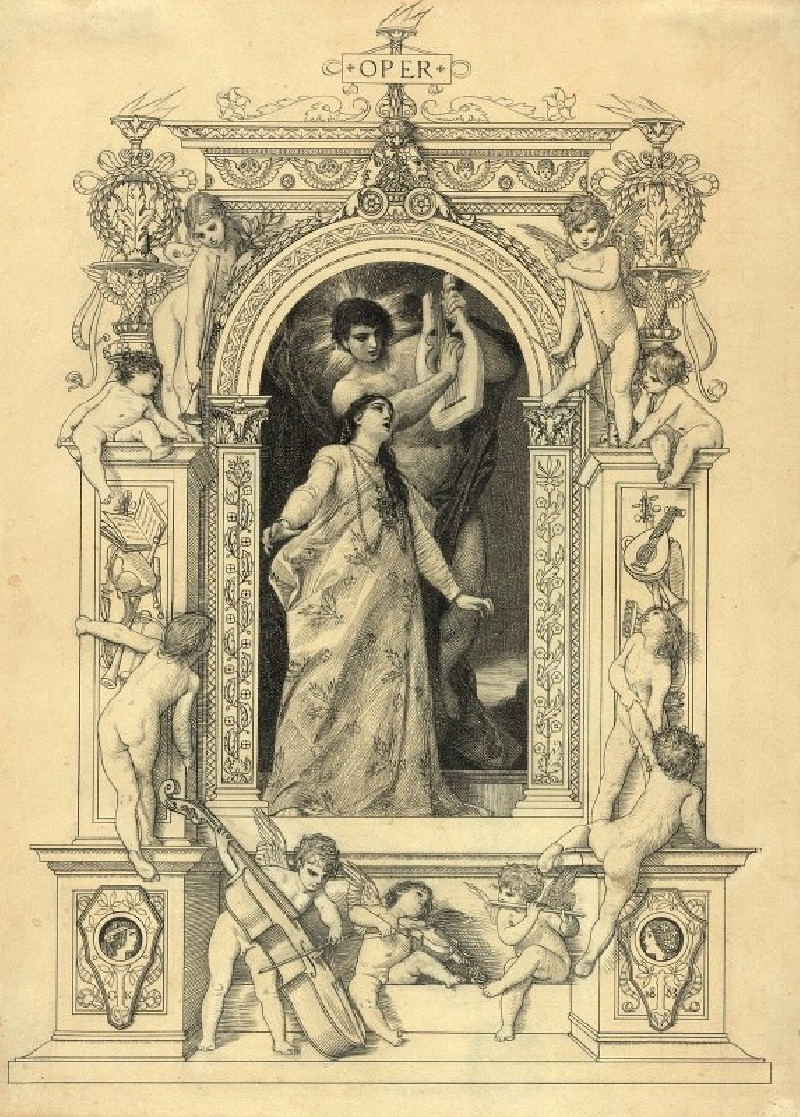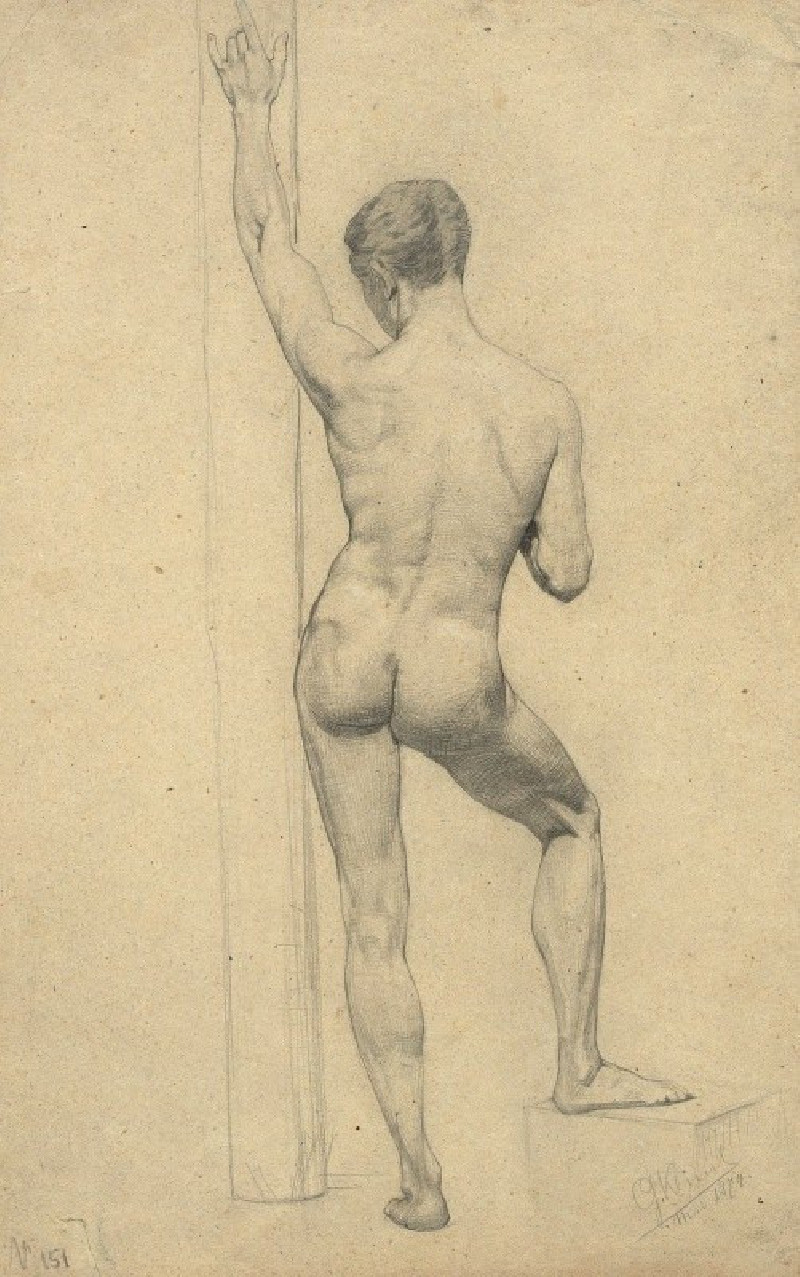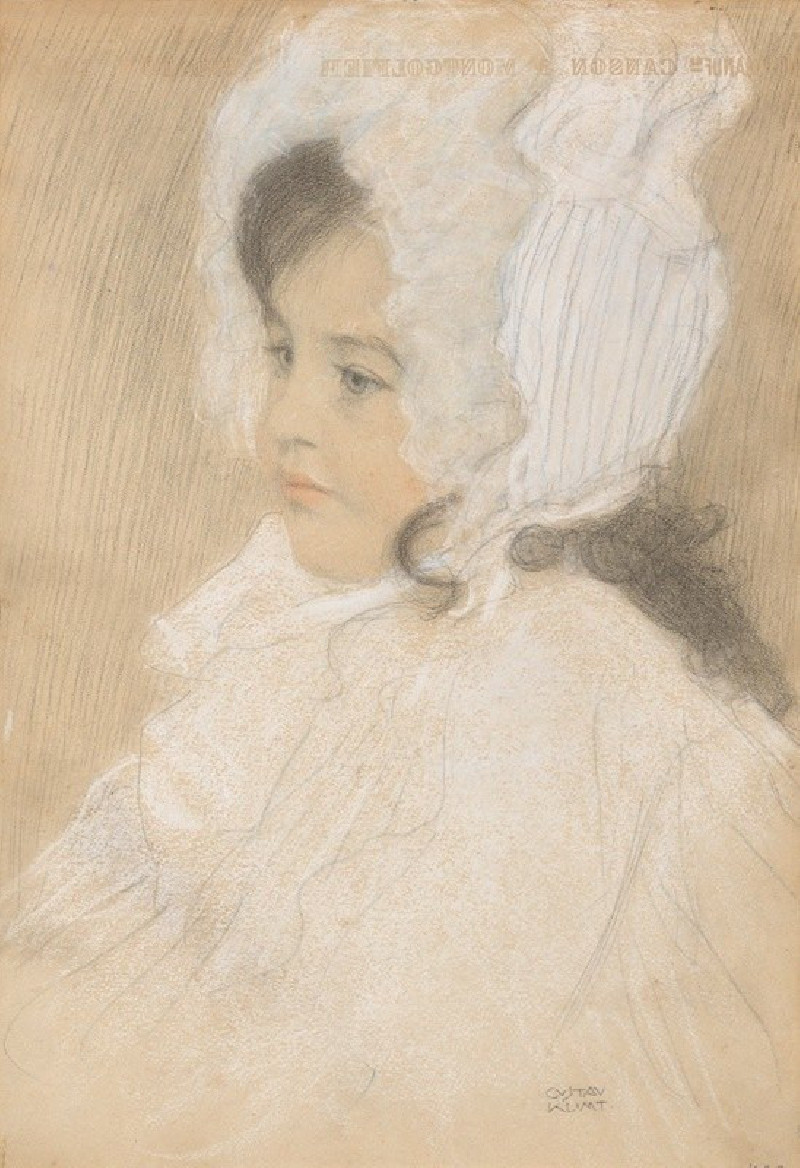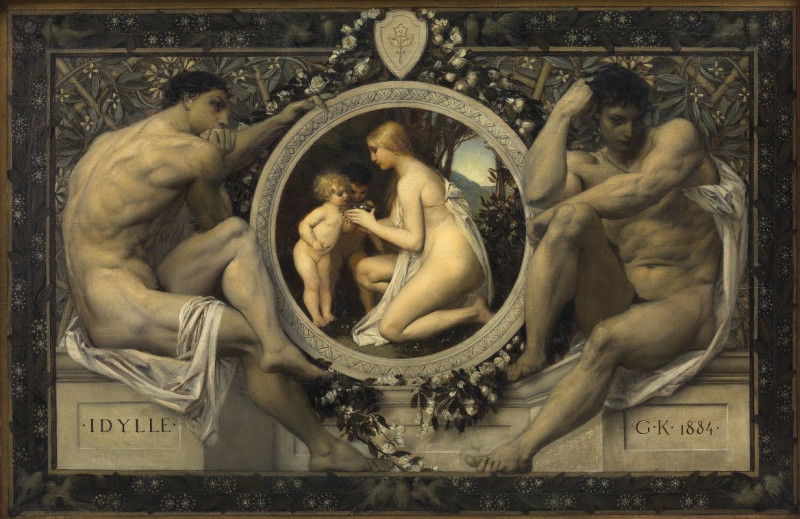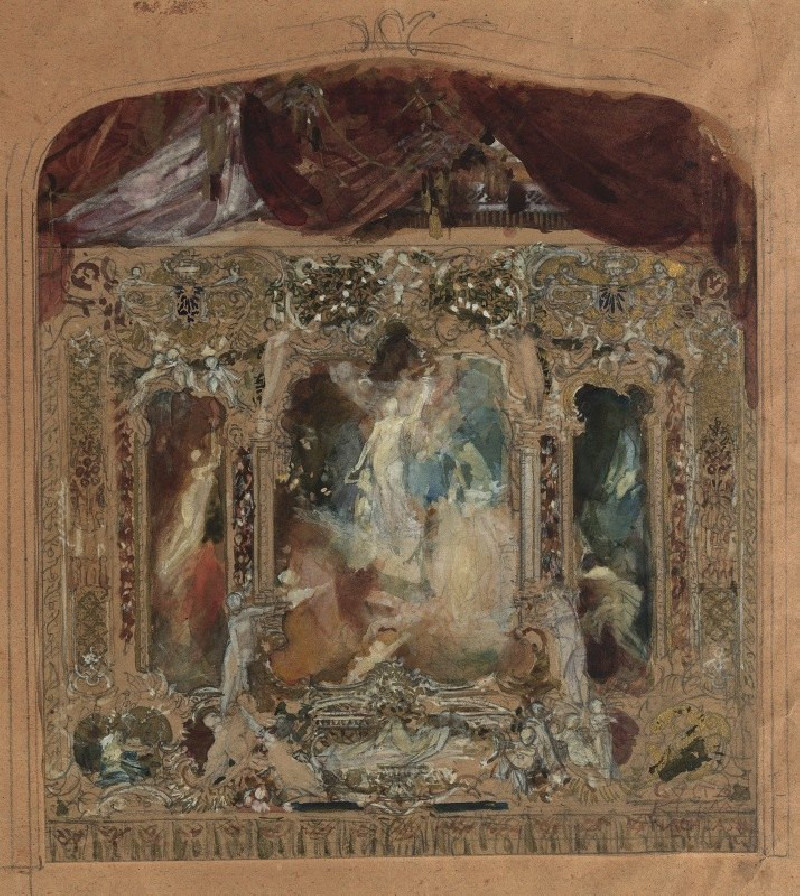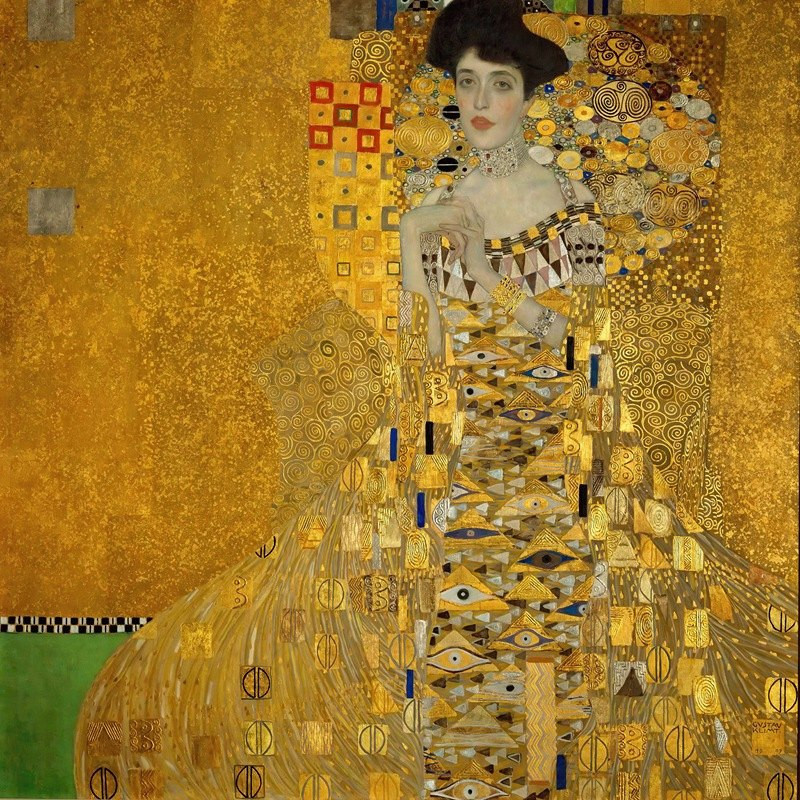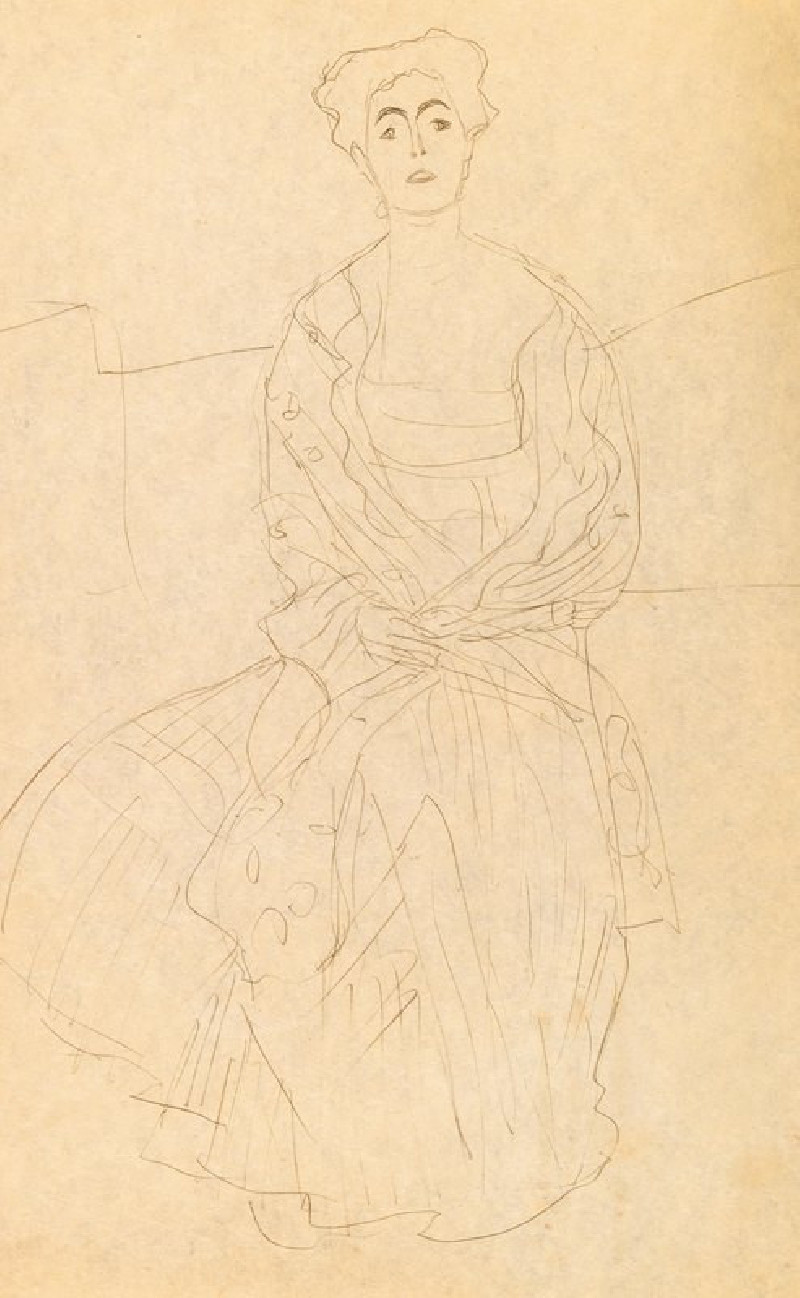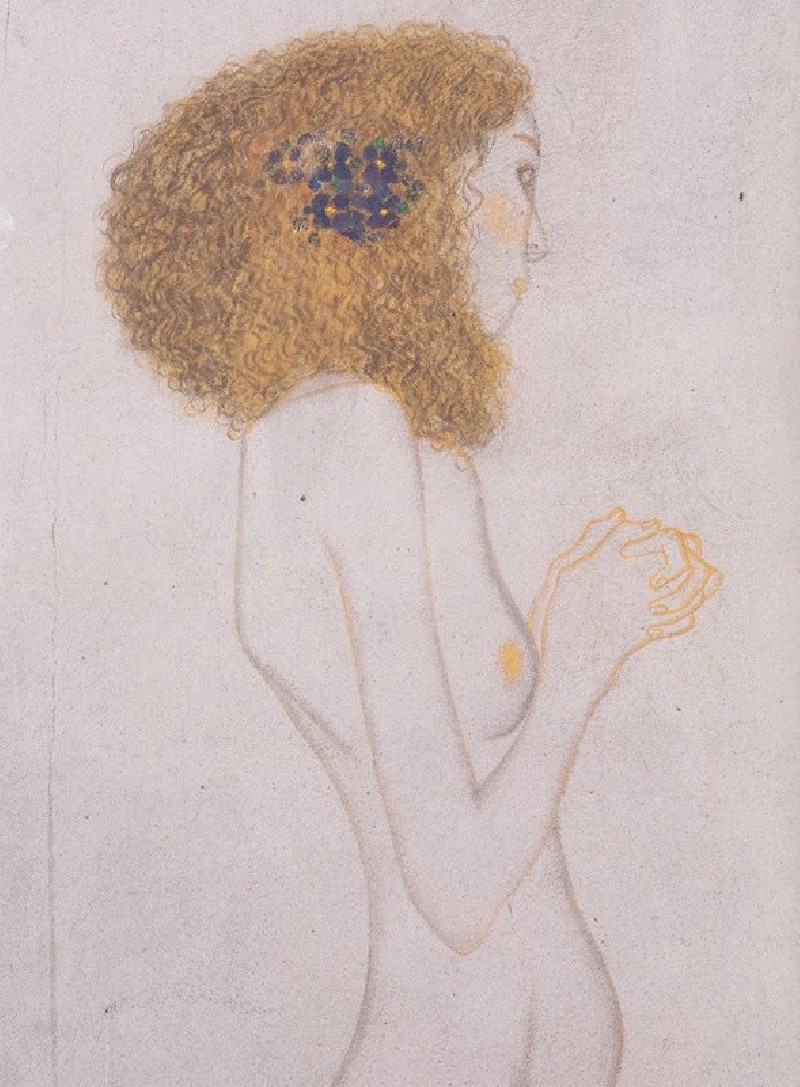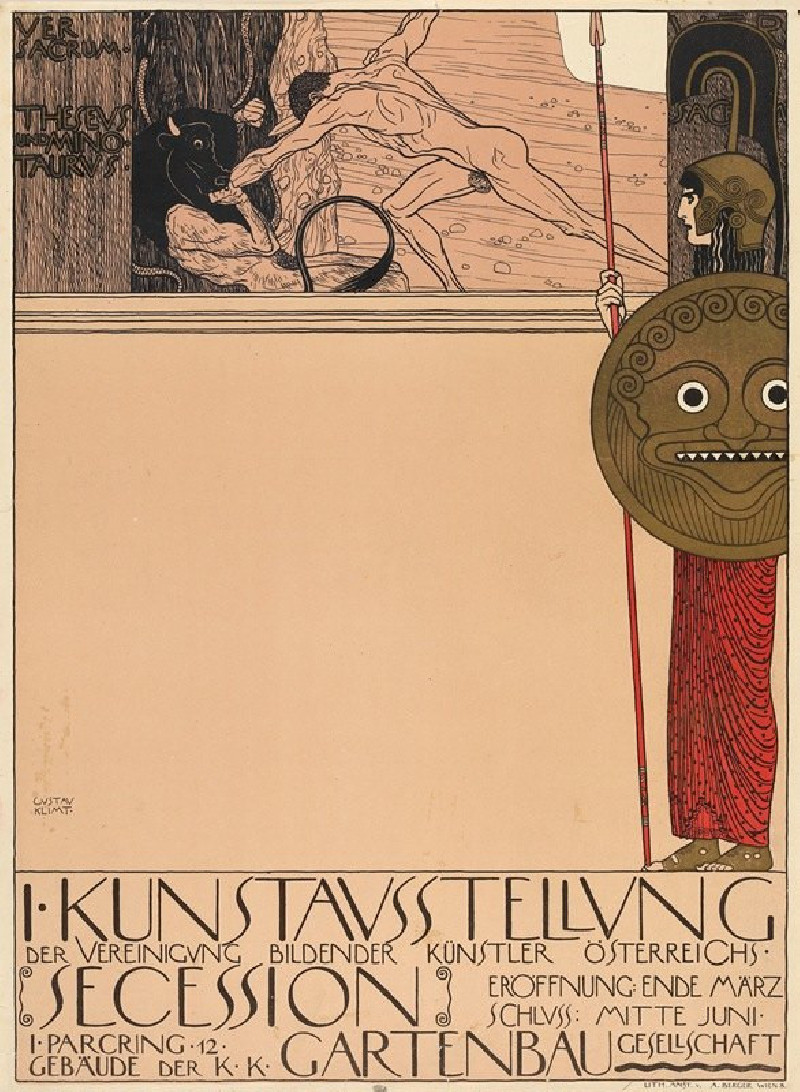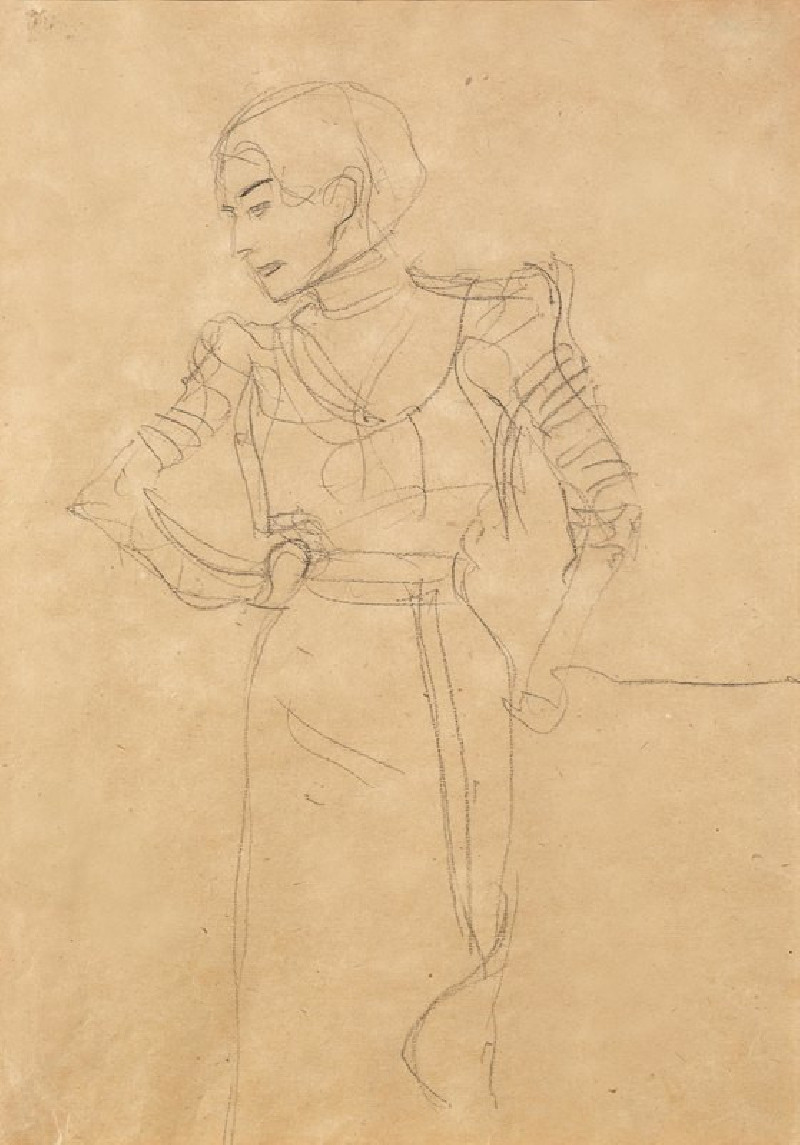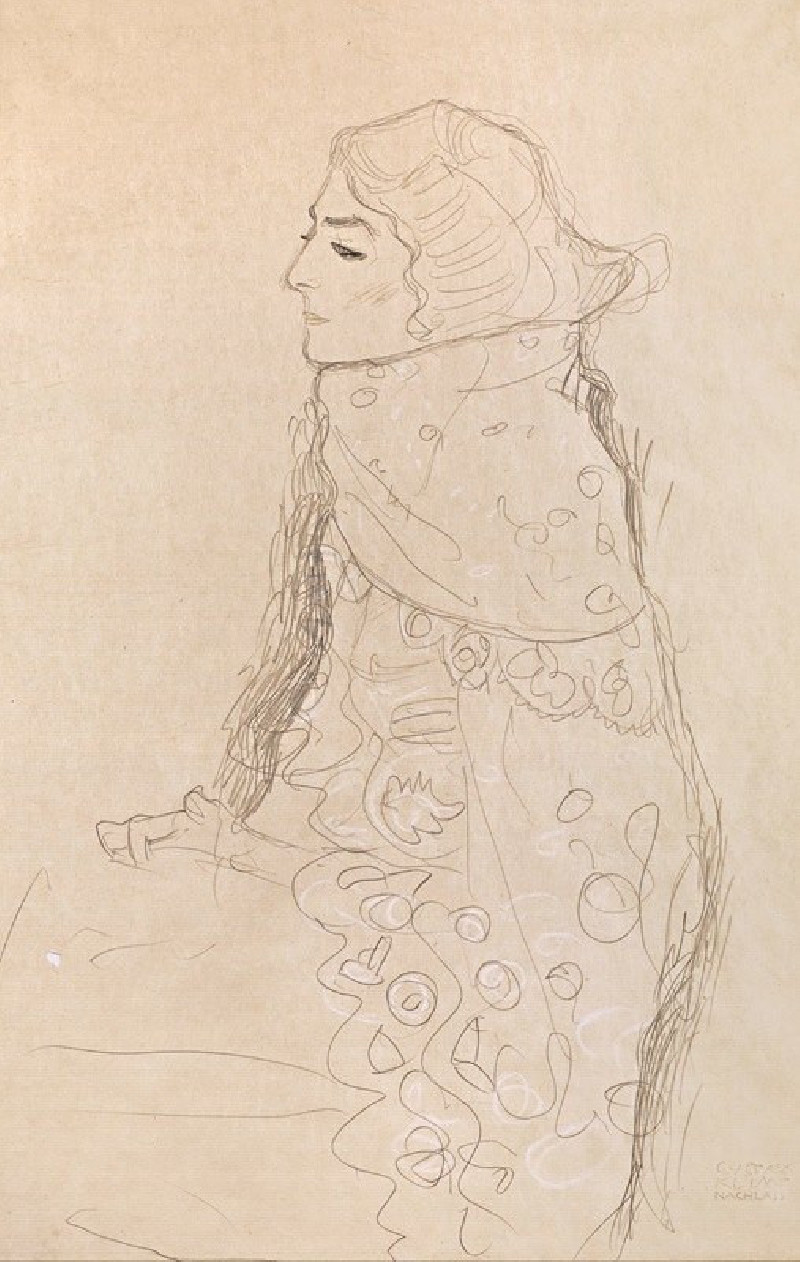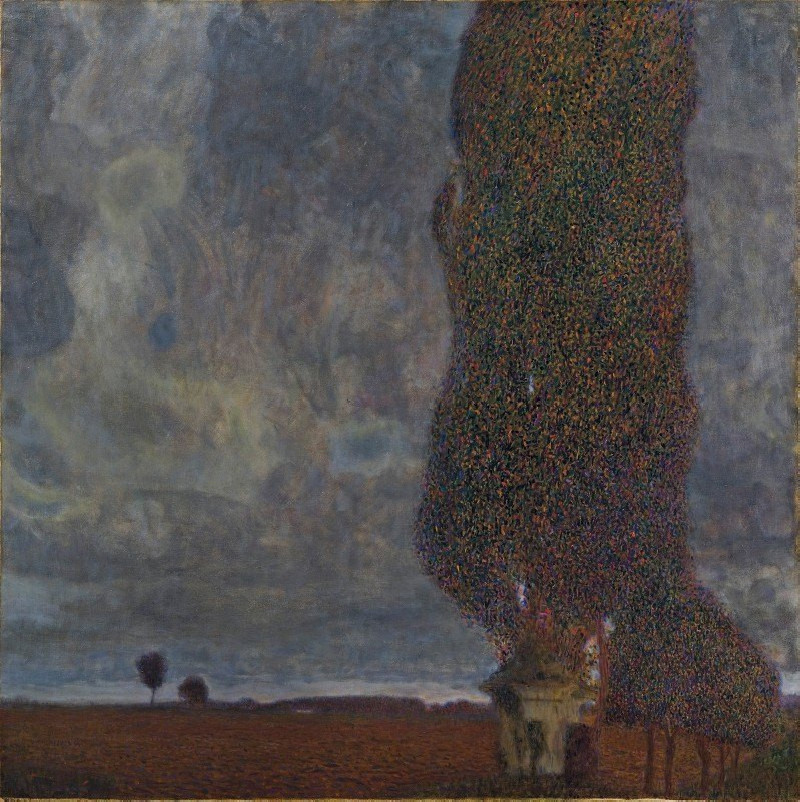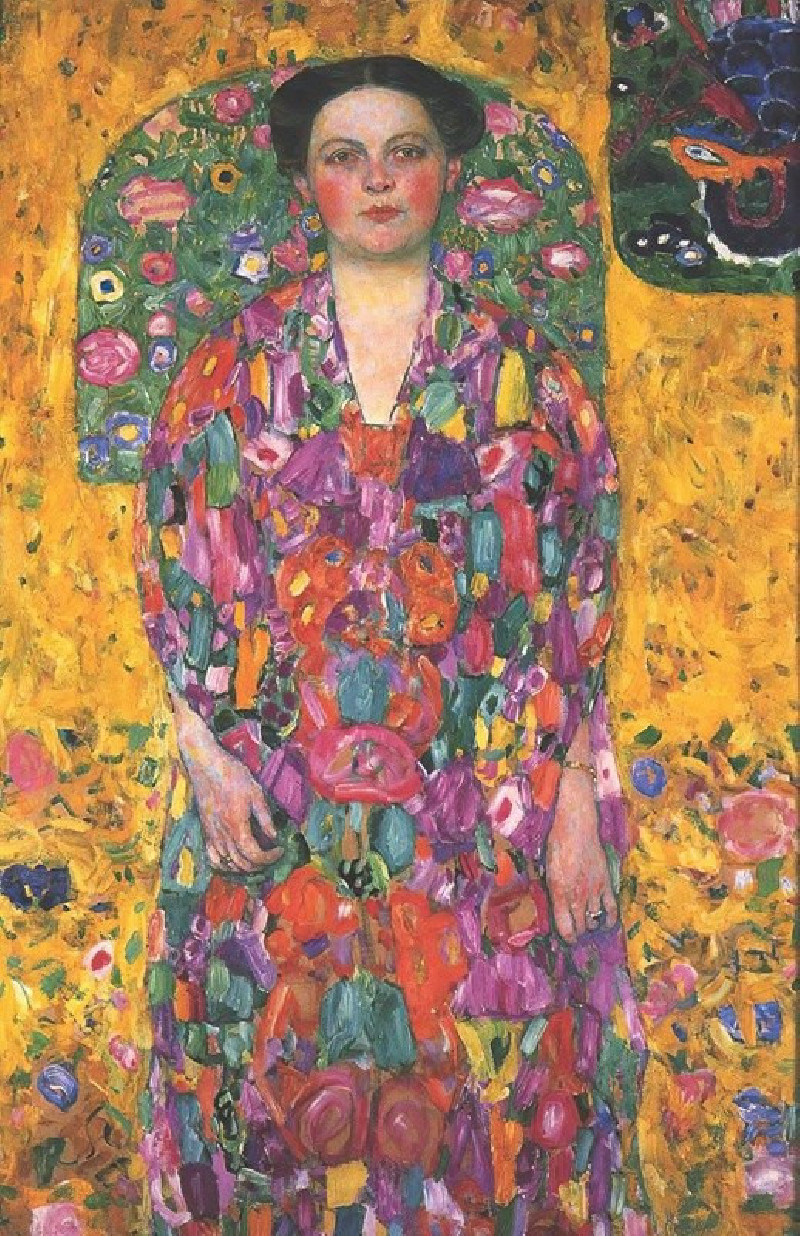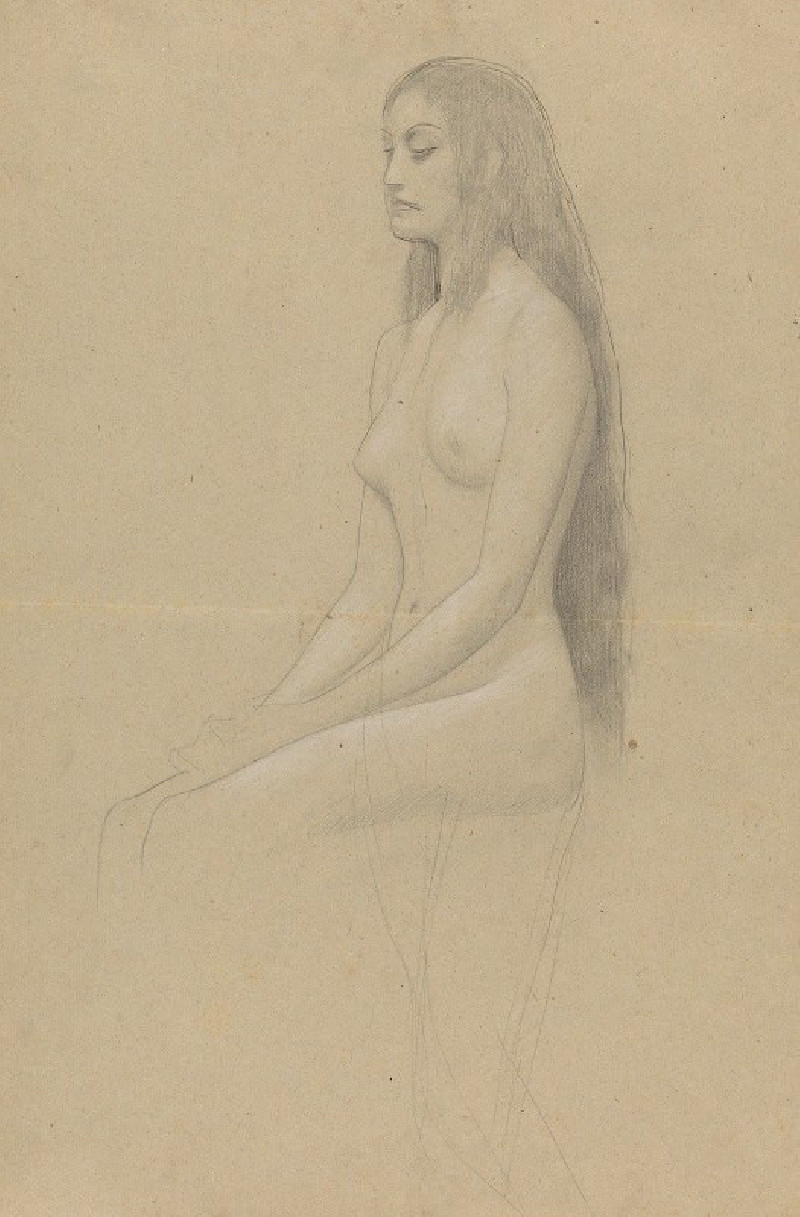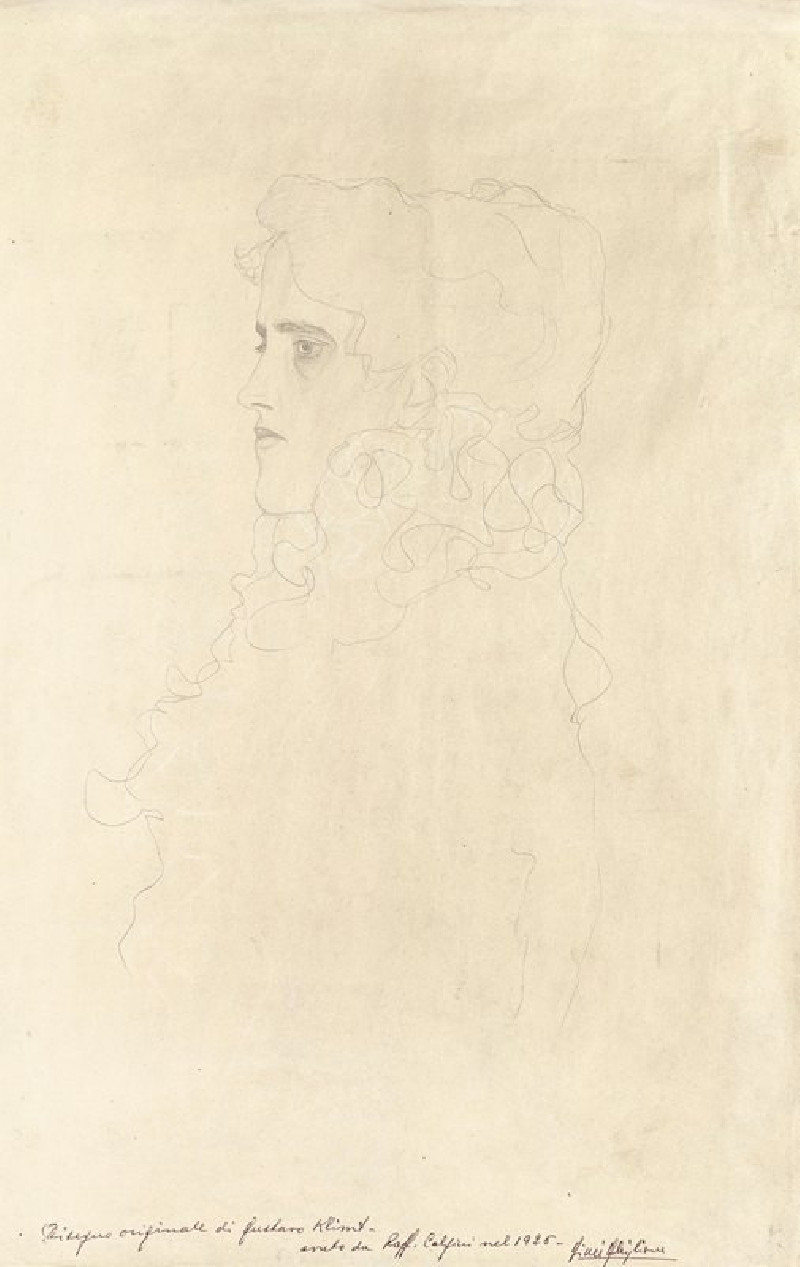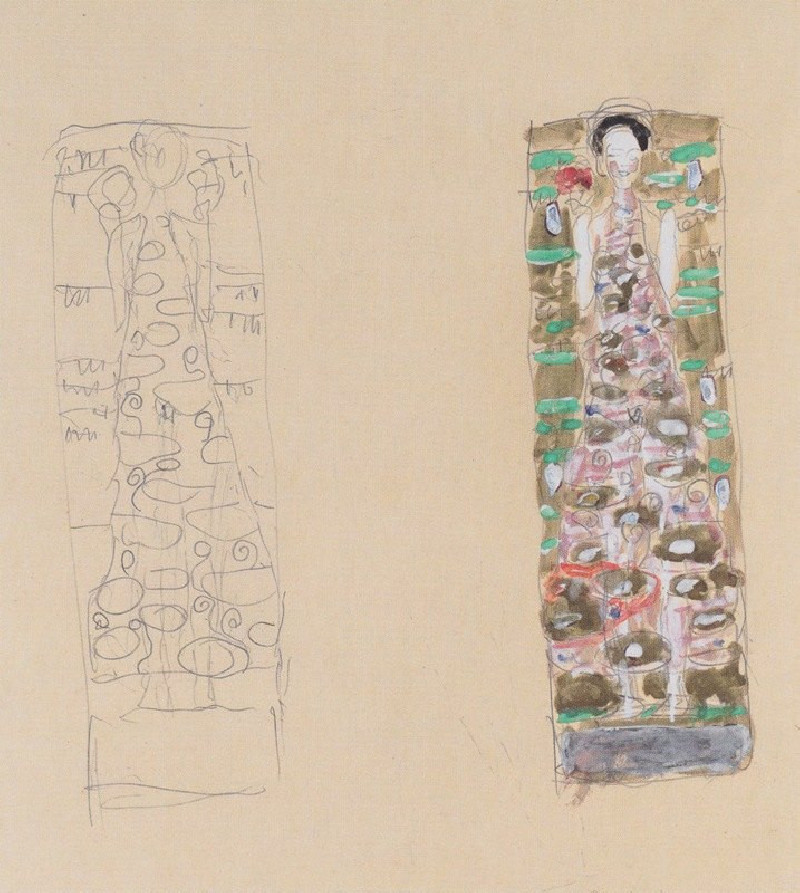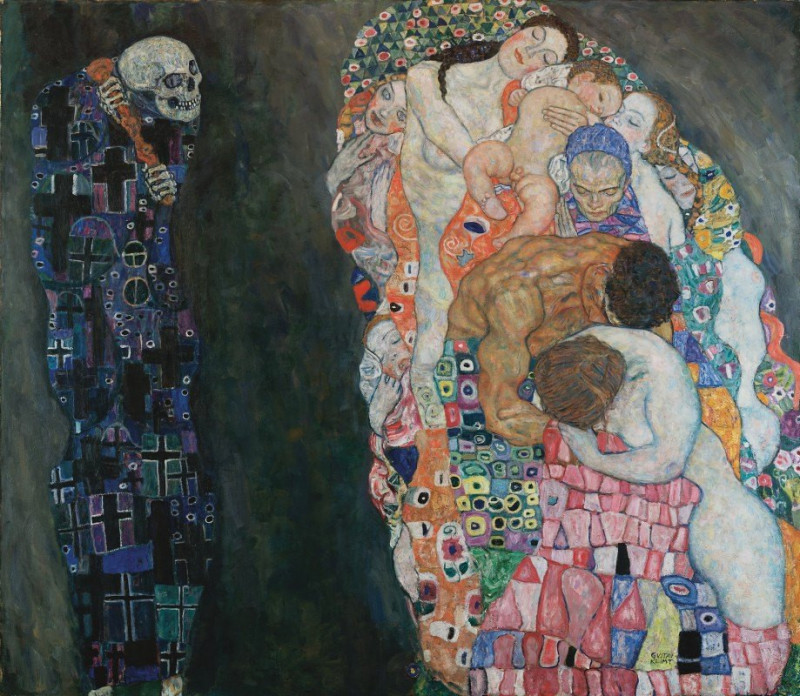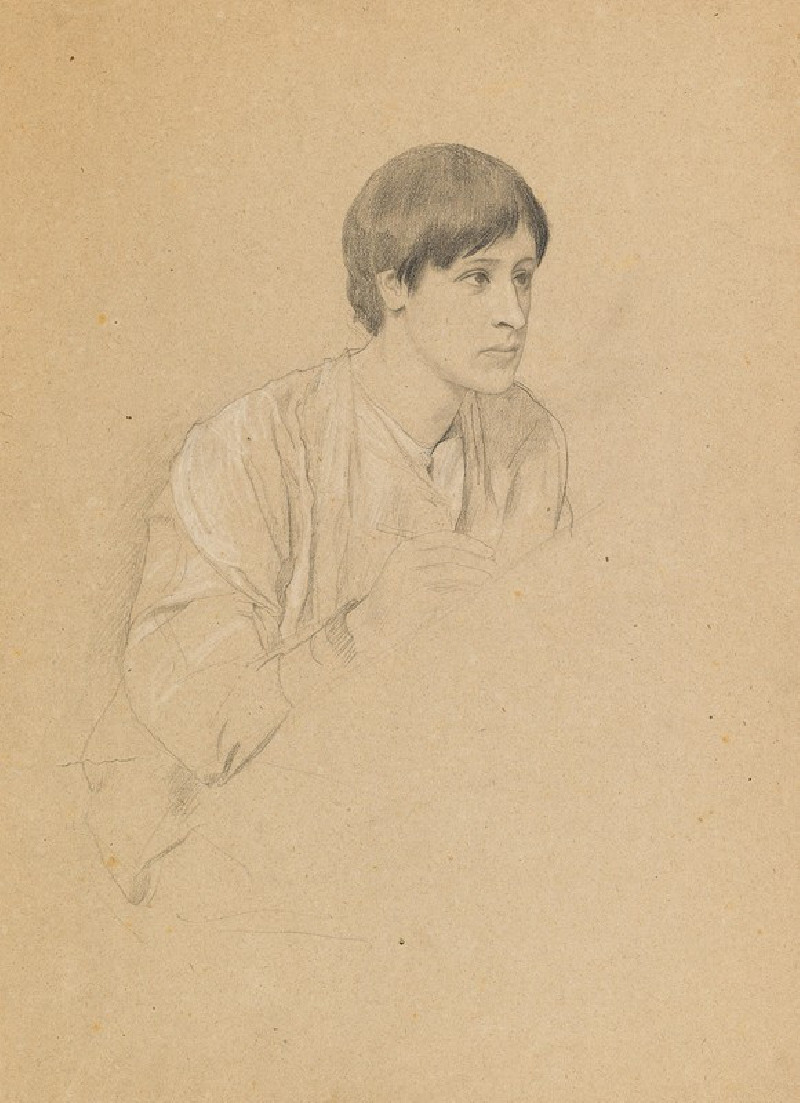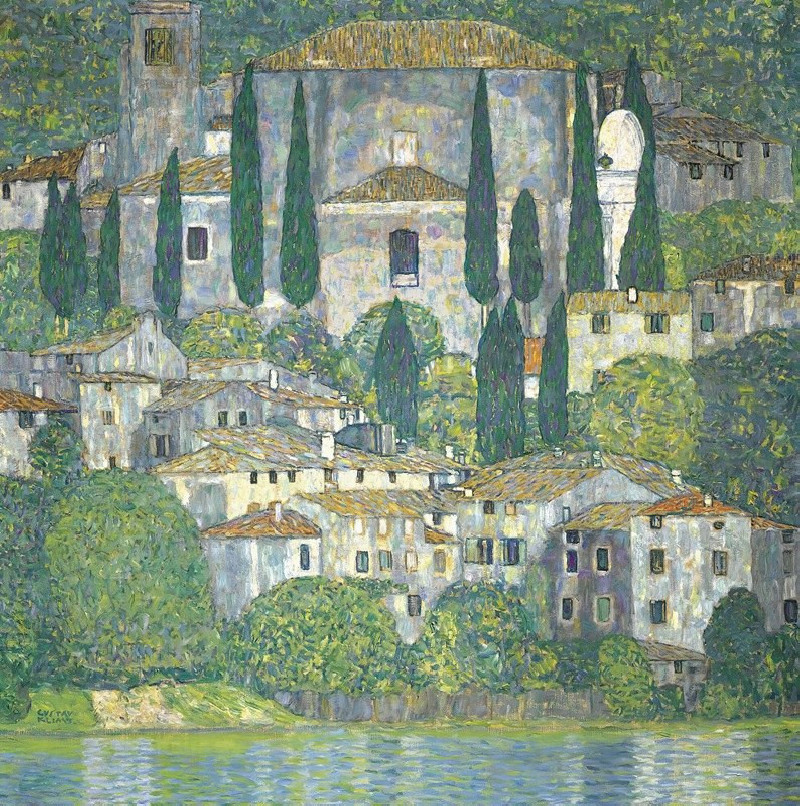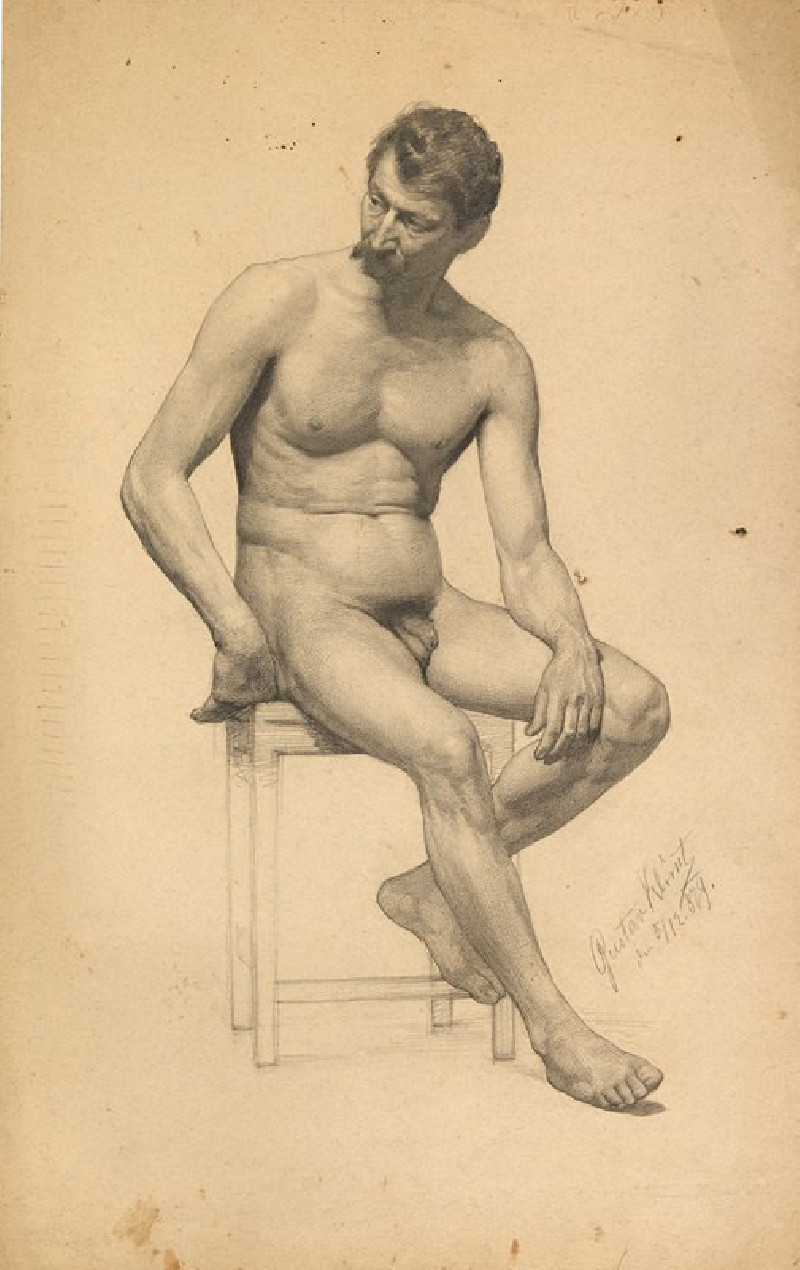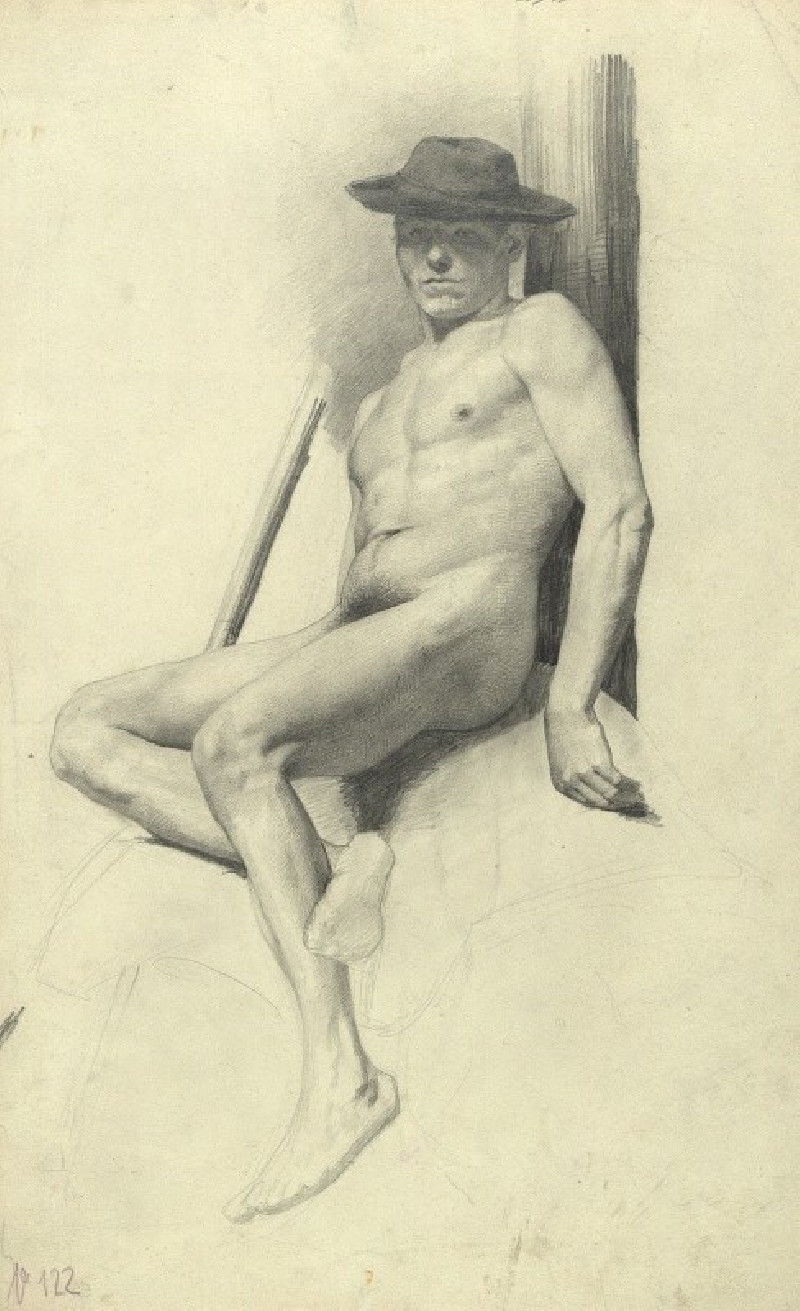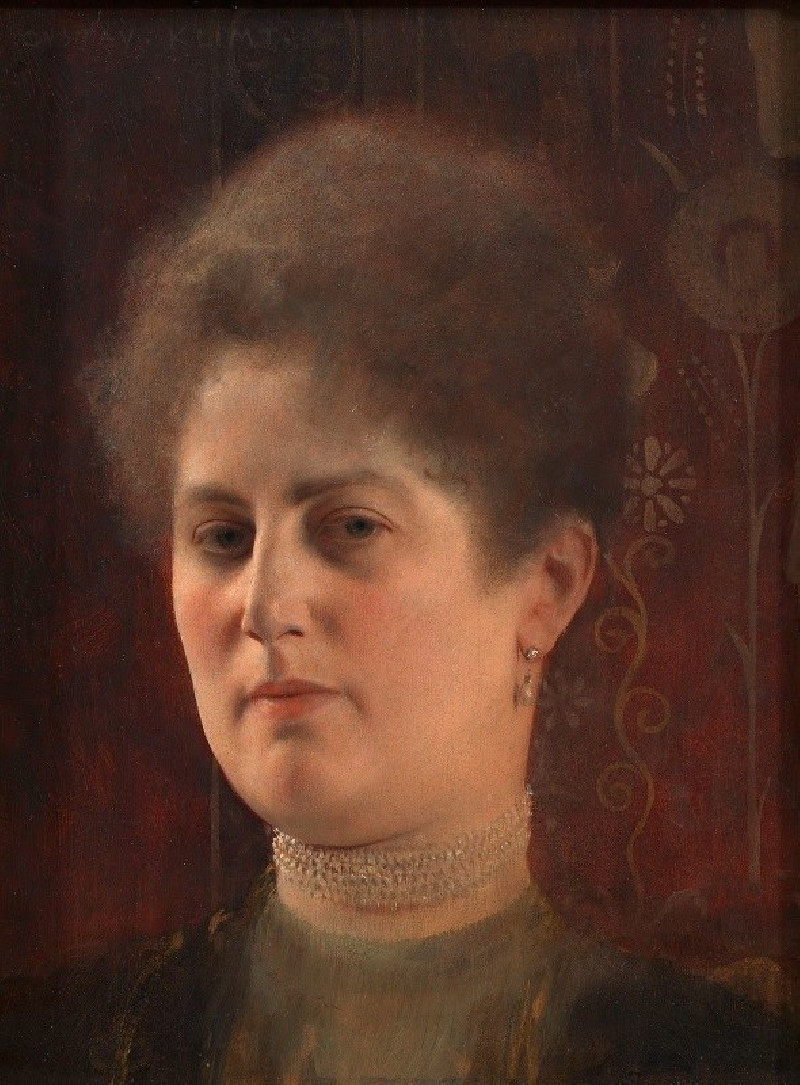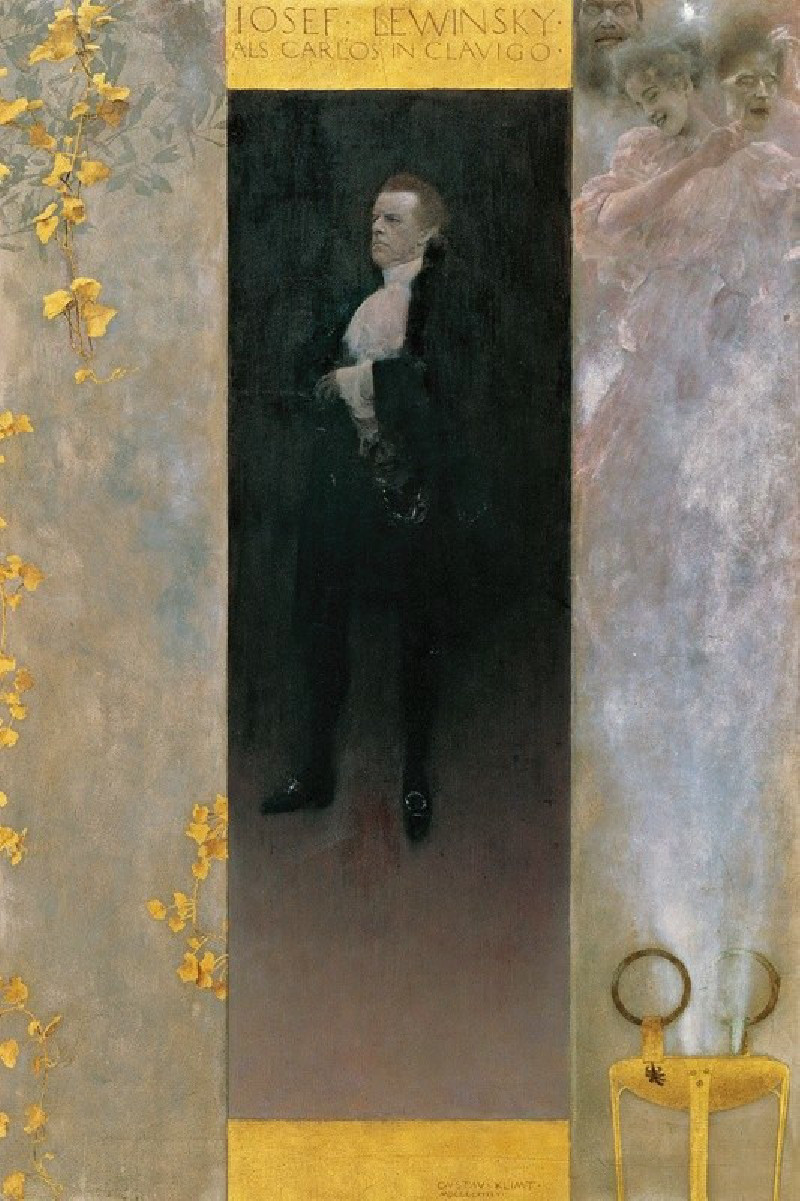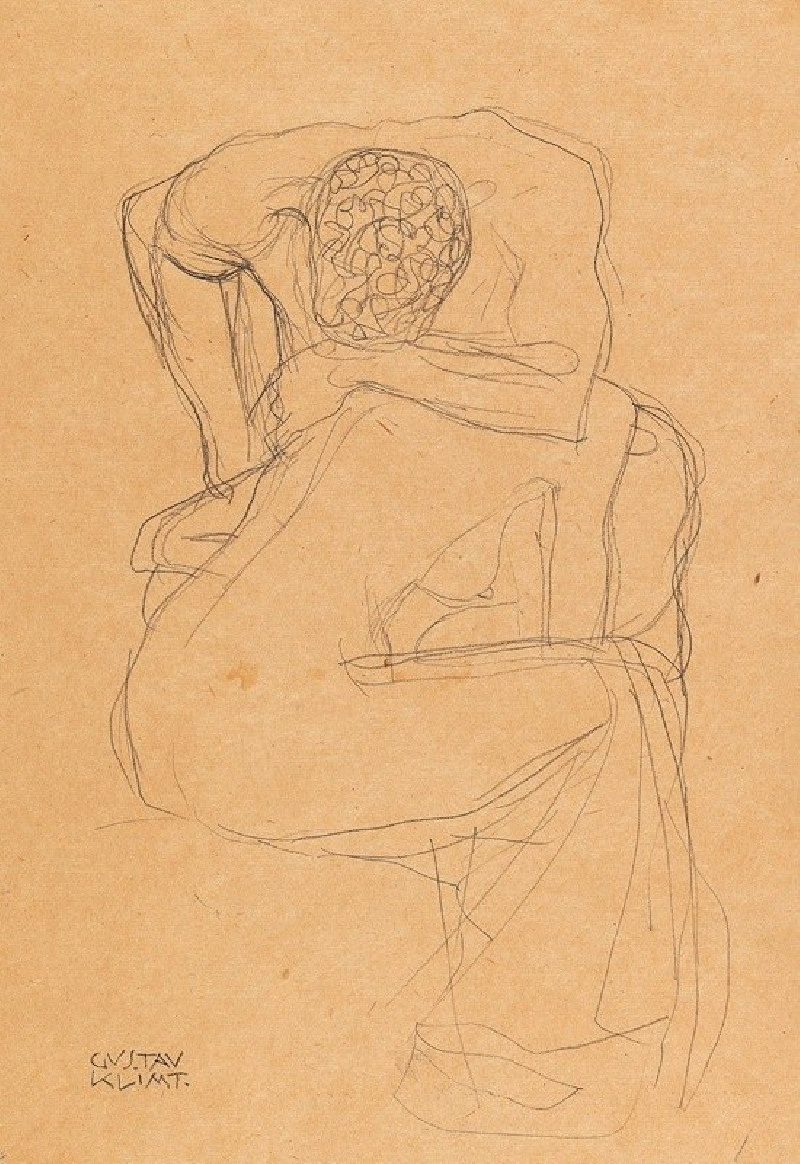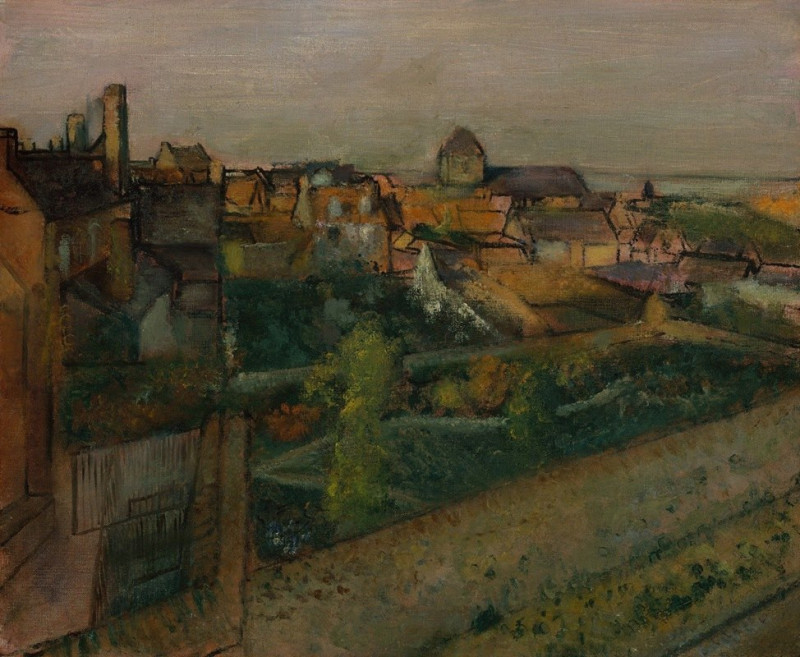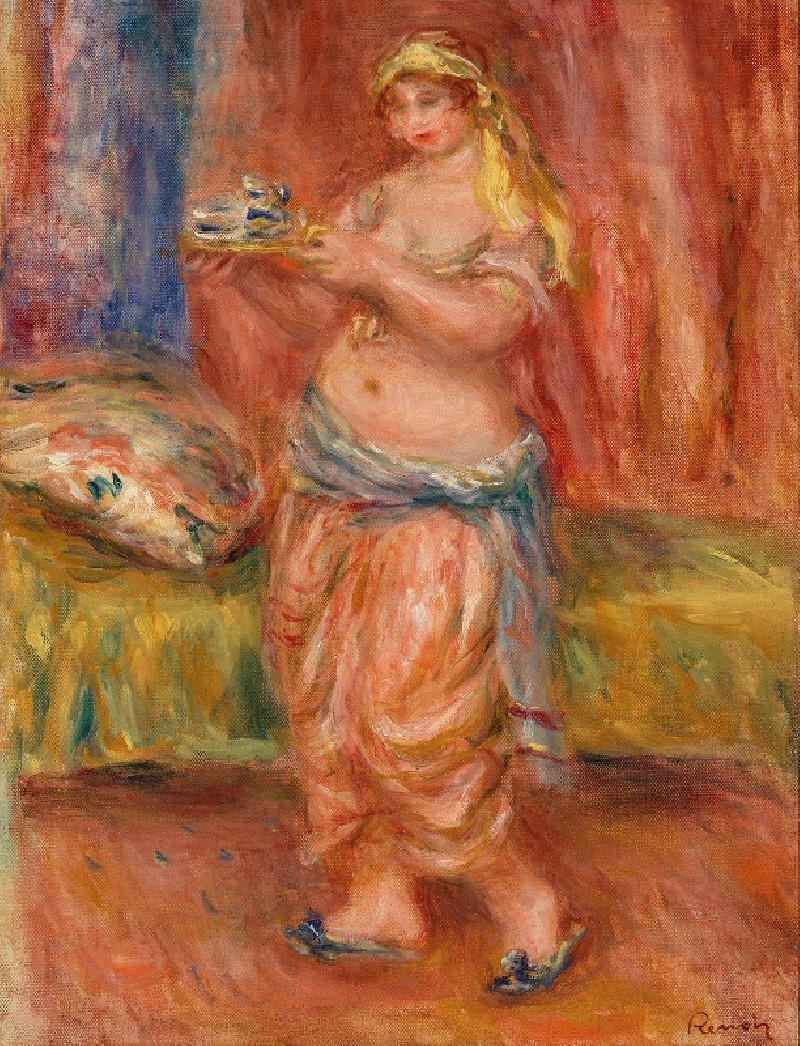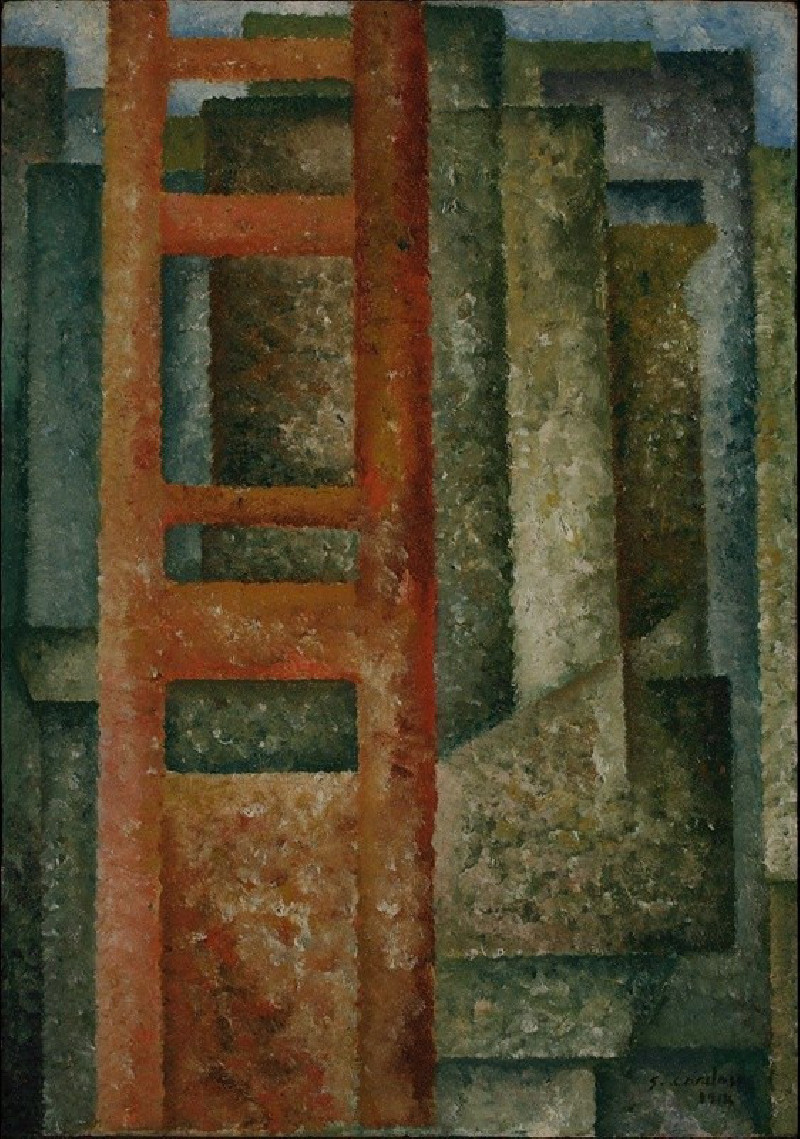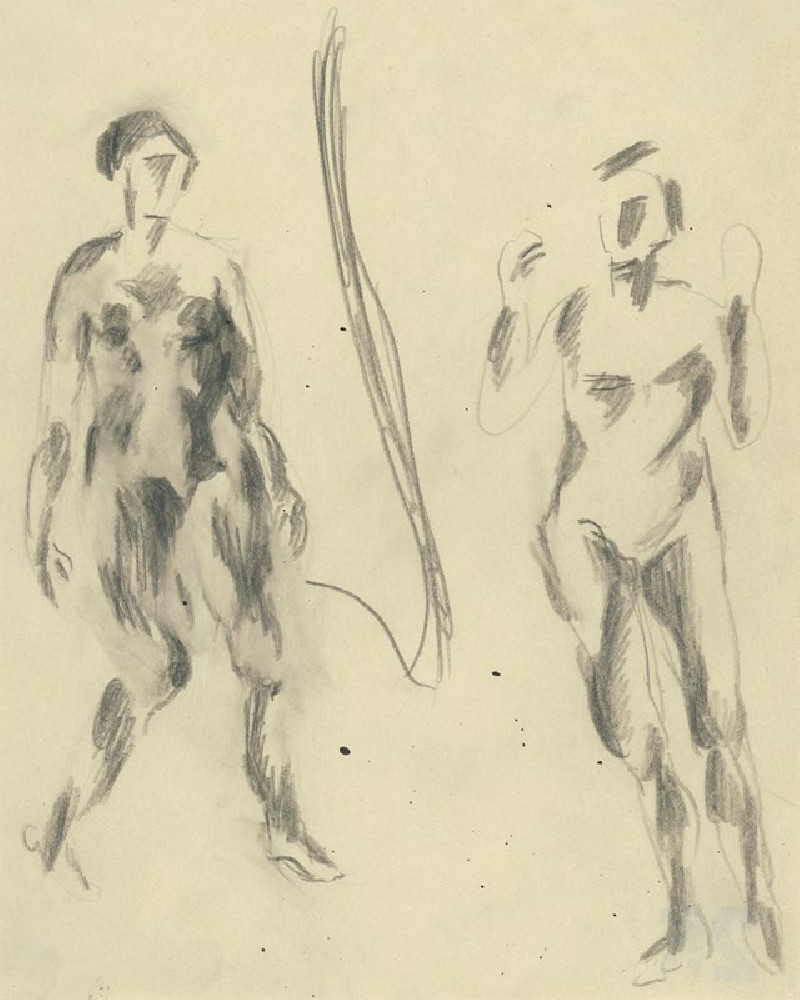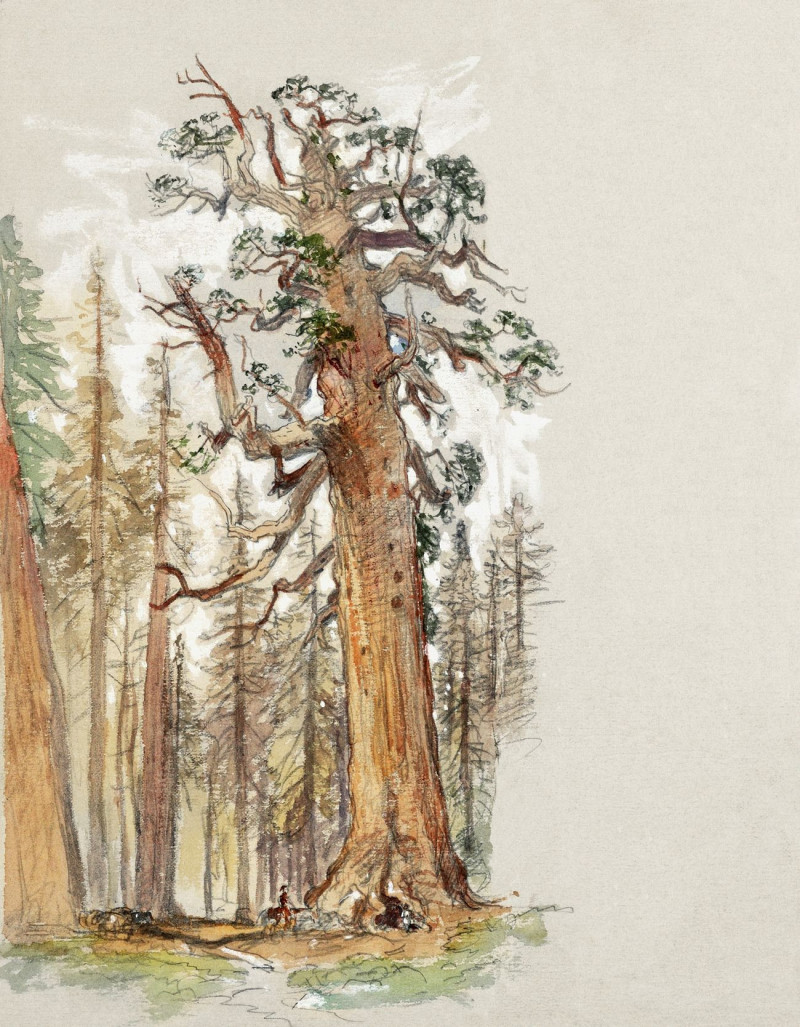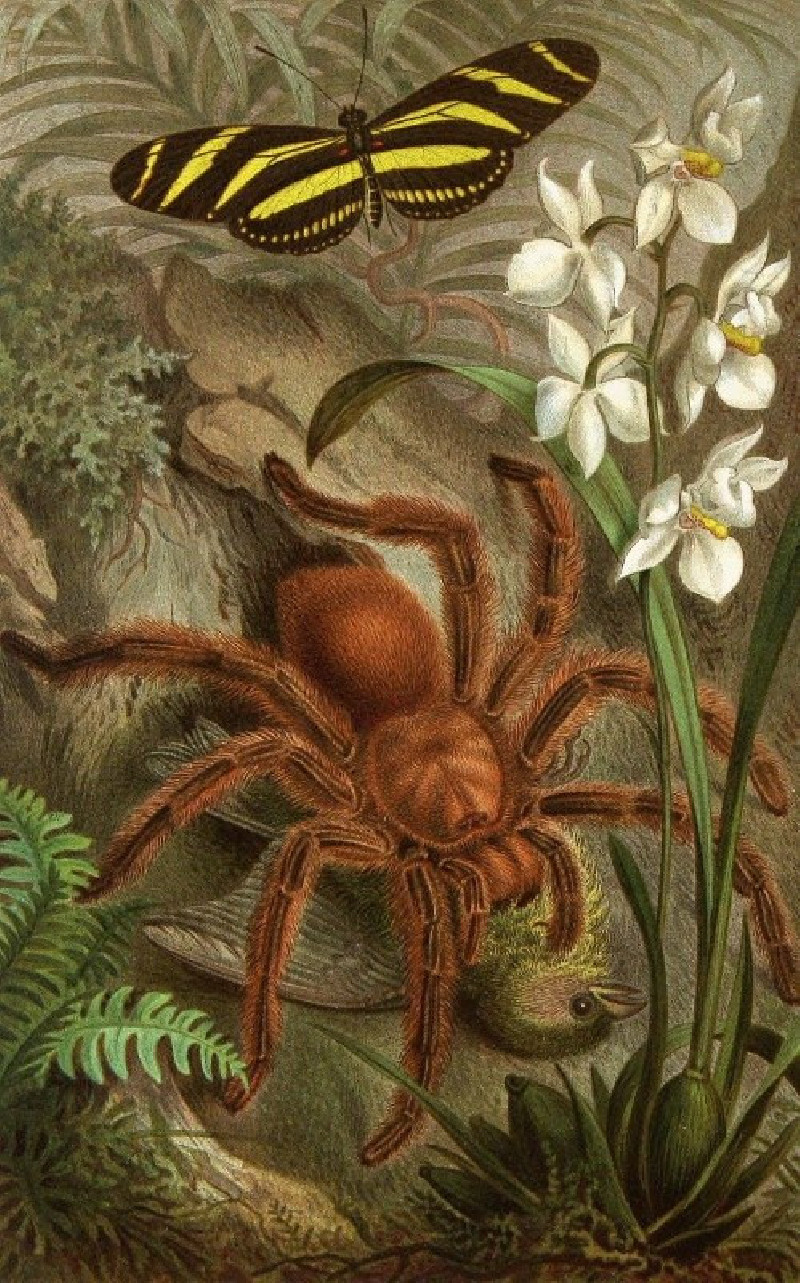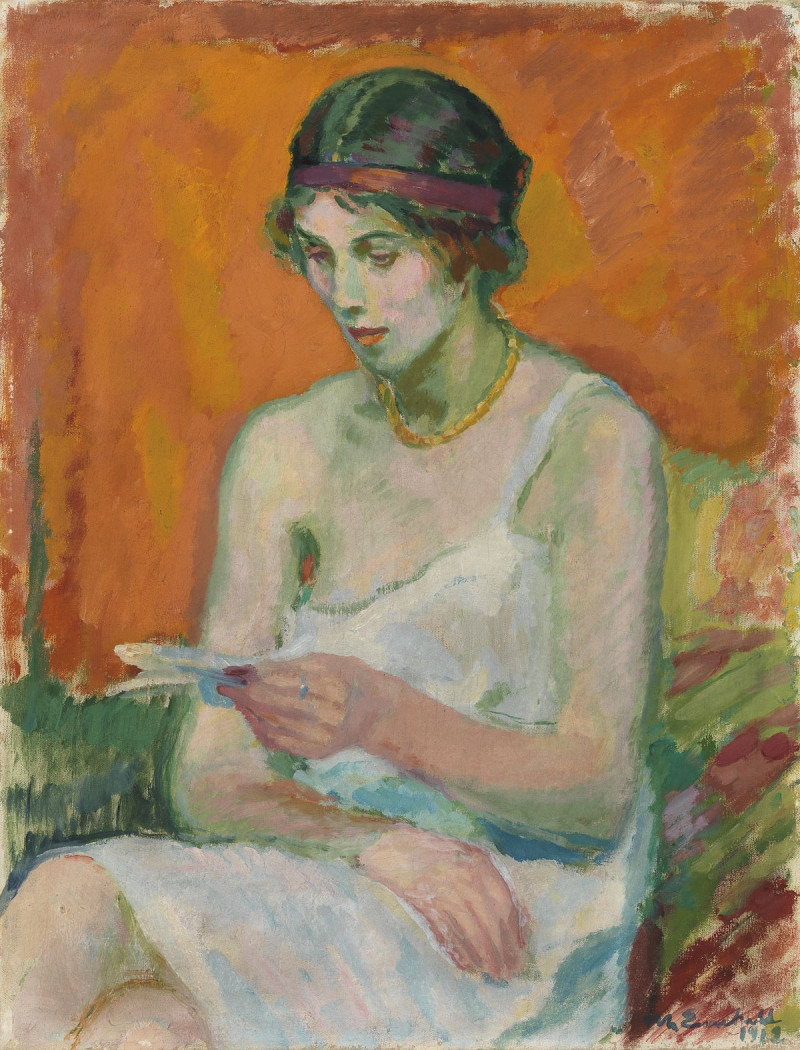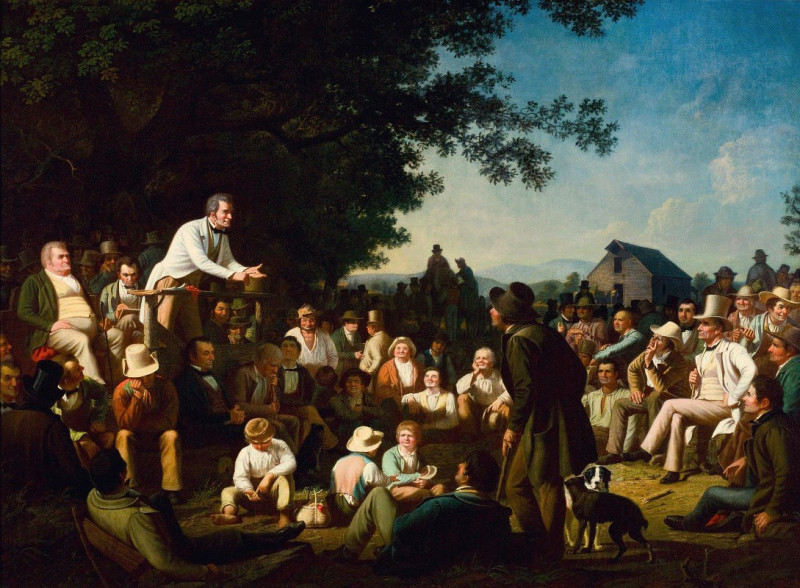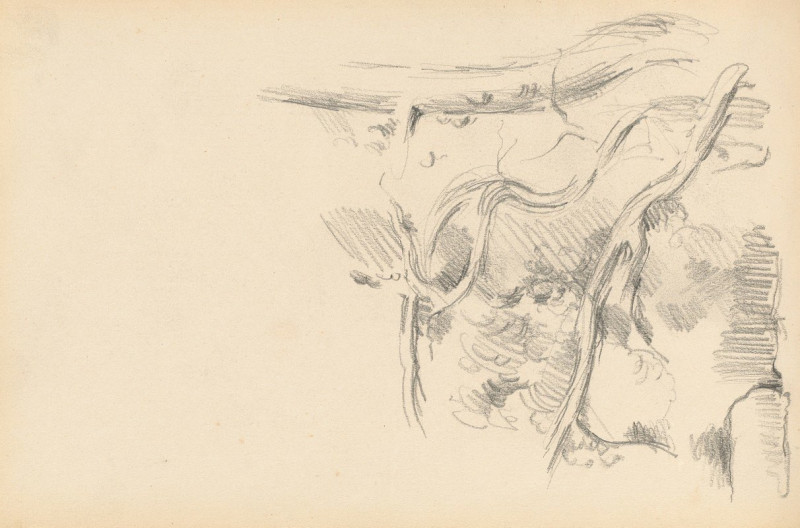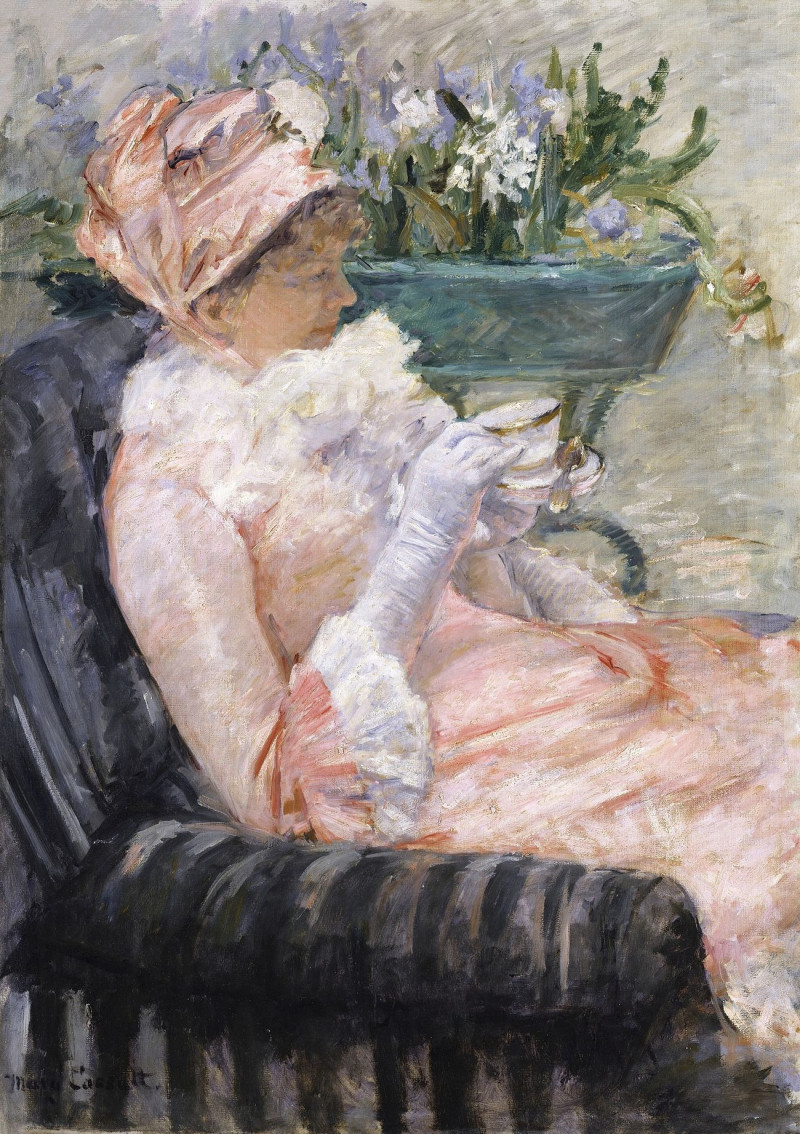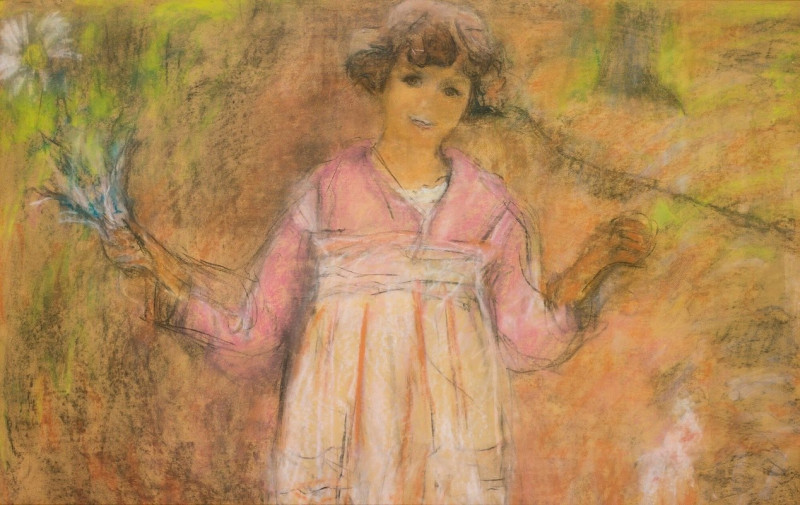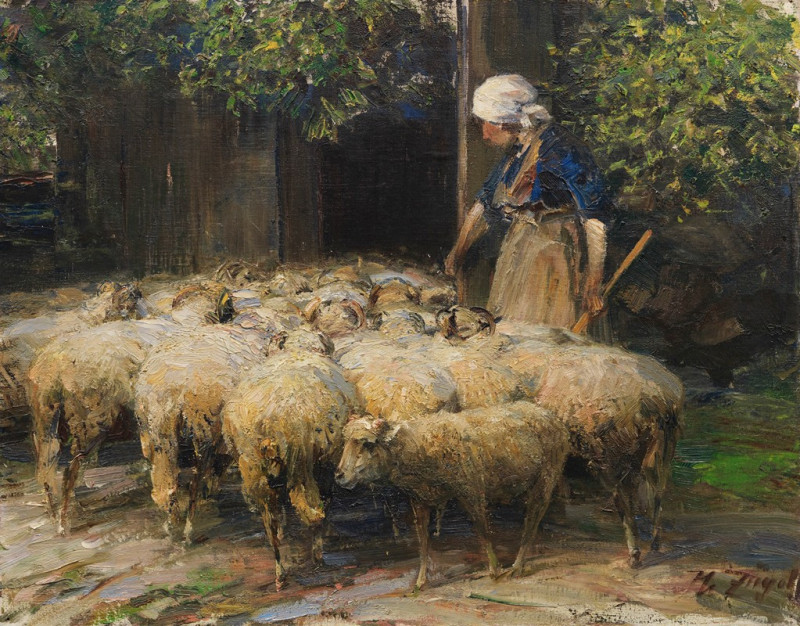Fritza Riedler (1906)
Technique: Giclée quality print
Recommended by our customers
More about this artwork
Gustav Klimt's remarkable portrait "Fritza Riedler" painted in 1906 stands as a compelling and visually mesmerizing representation of the artistic elegance that defined Klimt’s 'Golden Phase'. This painting showcases a distinctive mixture of textures and patterns, highlighting Klimt’s unique ability to blend realism with abstract ornamentation.The subject, Fritza Riedler, is depicted in an affluent, poised pose, embodying both serenity and introspective depth. The use of vibrant colors and intricate detailing in her attire and the surrounding elements emphasizes Klimt's focus on high society women of the era. Fritza's elegant white dress, adorned with floral embroidery and lace, demonstrates Klimt's meticulous attention to fabric and texture. Her confident gaze and the slight, enigmatic curve of her lips pose a silent communication that resonates with the viewer.The background of the painting is as luxurious as the subject, split into different sections of elaborate design and solid color. The geometric and floral elements further accentuate the aura of sophistication. The right background features a repetitive square pattern set against a bold orange backdrop, echoing the elements of Art Nouveau. To the left, a large gold panel adds an almost celestial quality to the composition, enhancing the overall luxury of the scene.Klimt’s use of color, pattern, and texture in the "Fritza Riedler" makes it more than just a portrait; it’s a statement of artistic innovation and elegance that transcends the conventional bounds of portrait painting.
Delivery
Returns
Gustav Klimt (1862–1918) was one of the greatest Austrian symbolist painters of the Art Nouveau era. Renowned as one of the most prominent founding members, and as a president of the Vienna Art Nouveau movement (Vienna Secession). His works were mainly paintings, murals, and sketches. Marked by his numerous erotic drawings, Klimt's primary subject were female figures, and at one point his work was even criticized as pornographic. Klimt found financial success in his "Golden Phase" with decorative techniques and the prominent use of gold leaf in his paintings.

